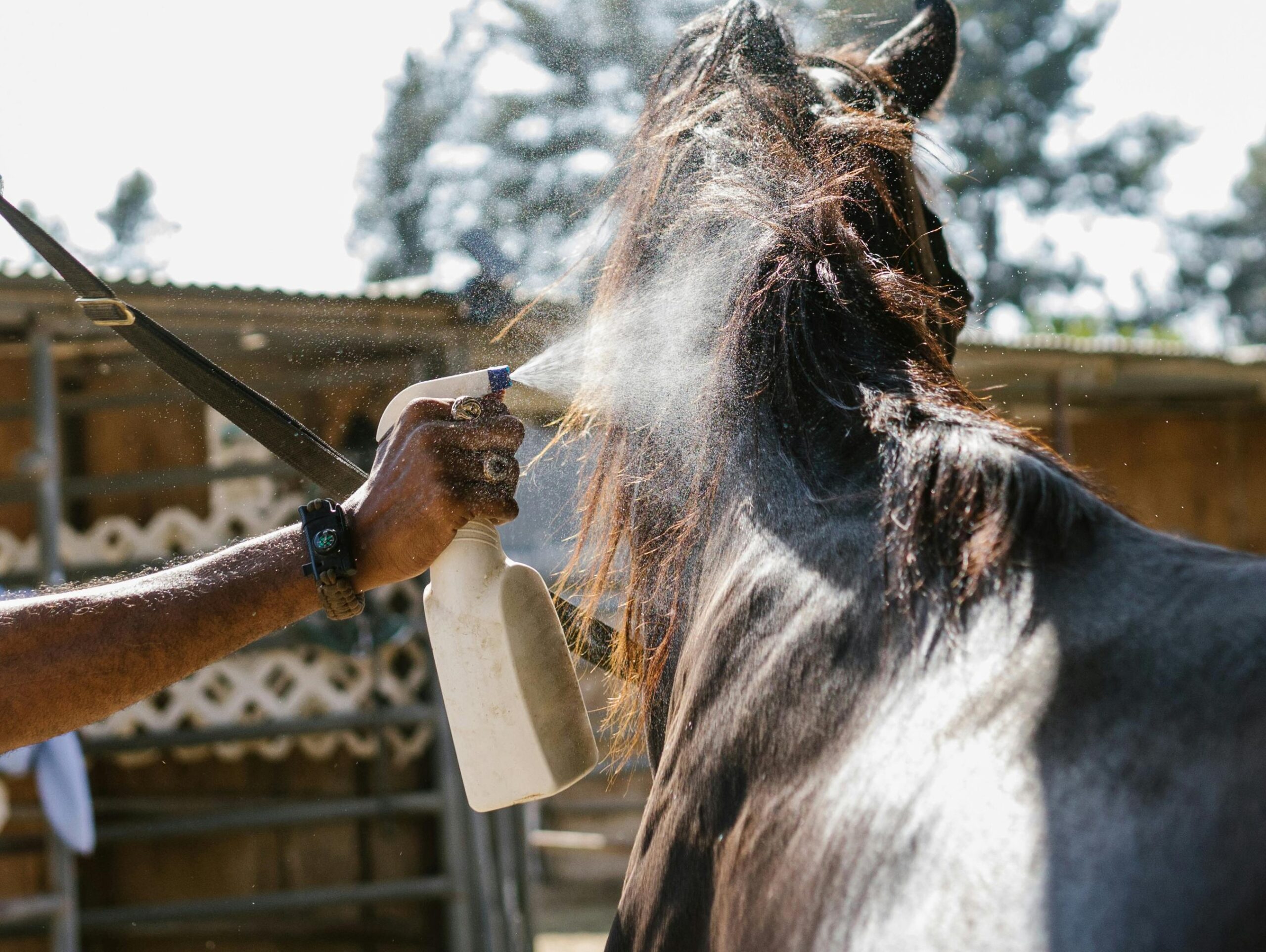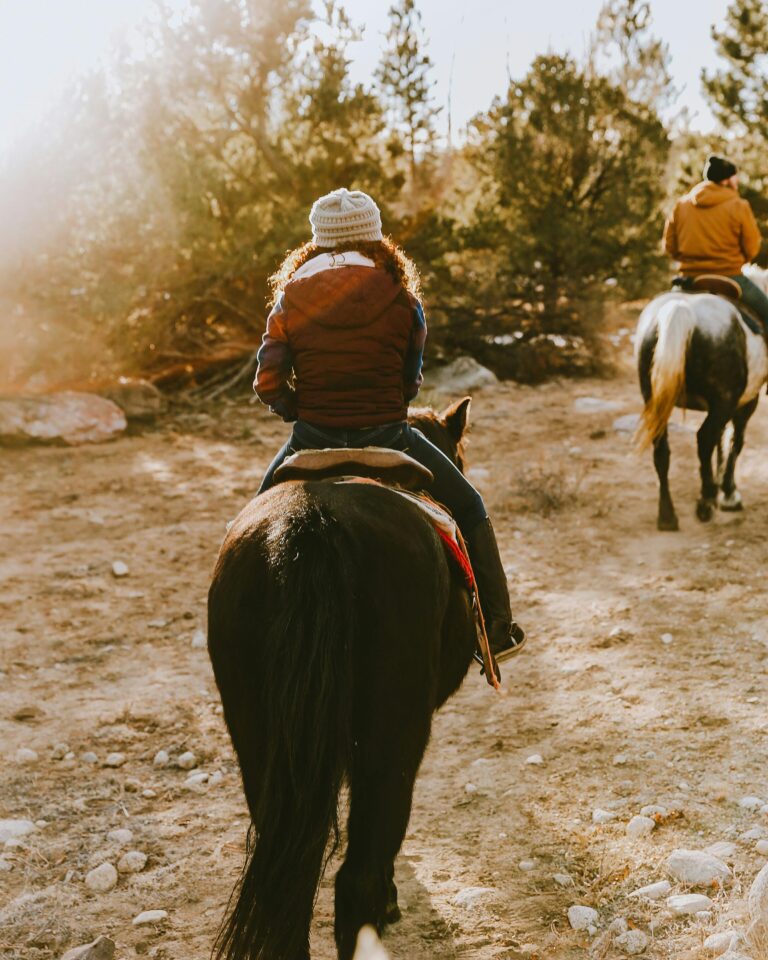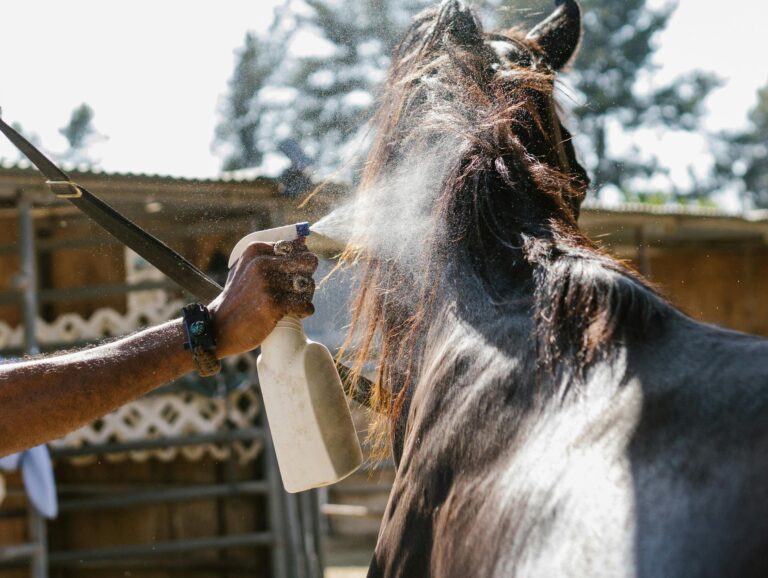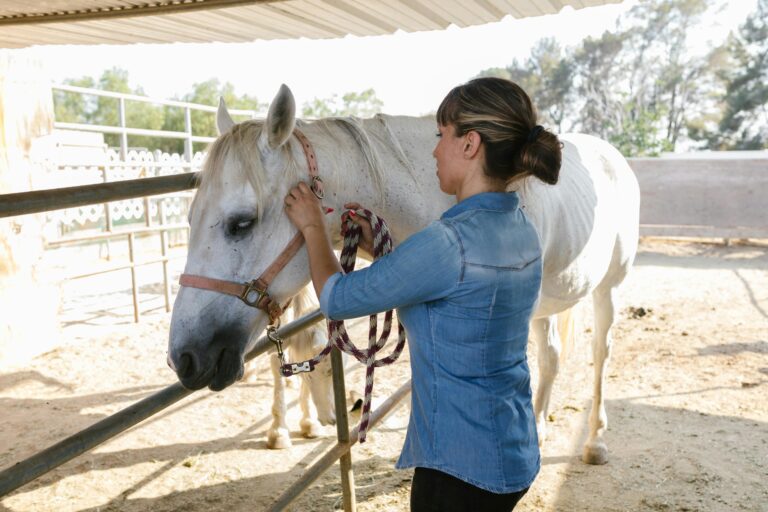Horses are prey animals by nature, hardwired to react quickly to perceived danger. While this instinct is essential for survival in the wild, it can lead to spooks, bolting, or even dangerous situations in domestic life. Desensitization training helps your horse remain calm and confident when exposed to new or potentially frightening stimuli. It’s not about dulling their senses—it’s about teaching them to think before they react.
The Goal of Desensitization
Desensitization is the process of gradually and safely exposing your horse to something unfamiliar until it no longer causes fear or anxiety. This method can be used for a wide range of situations, including plastic bags, fly spray, tarps, loud noises, clippers, or even traffic. The goal is to help your horse become more emotionally balanced and less reactive, improving their safety and performance in all disciplines.
Start Small and Stay Consistent
Successful desensitization starts with choosing the right time and environment. Work in a quiet, familiar area where your horse feels safe. Begin with low-intensity versions of the object or sound you want to introduce, and keep early sessions short and positive.
For example, if you’re introducing a plastic bag, start by simply holding it at a distance and allowing your horse to observe. Gradually decrease the distance, then move on to letting the bag touch the ground or brush against your horse. Reward calm behavior with praise or a scratch in a favorite spot.
Timing and Pressure Matter
Your timing is critical. The key is to reward the moment your horse shows signs of curiosity or relaxation, not fear. If your horse reacts strongly, back off slightly until they calm down, then try again. Avoid removing the object too quickly, which can reinforce the idea that reacting caused the “threat” to go away.
Use both approach and retreat—present the stimulus, then take it away after a moment of calm. This builds trust and helps your horse associate the experience with safety rather than fear.
Read Your Horse’s Body Language
Understanding your horse’s subtle cues will help you avoid overwhelming them. Look for:
- Signs of fear: wide eyes, tense body, raised head, tail clamping, or quick movements
- Signs of relaxation: blinking, chewing, lowering the head, sighing, or softening muscles
Always progress at your horse’s pace. Rushing desensitization can increase anxiety and set back your training.
Incorporate Desensitization into Daily Life
You don’t need a special session to work on desensitization. Include small opportunities throughout your daily routine—touch your horse with grooming tools in unexpected areas, walk them past new objects, or turn on a hose near them. Variety and repetition are your allies.
You can also simulate real-world environments. If you plan to trail ride, expose your horse to bikes, strollers, or wildlife sounds. If you compete, mimic showground sights and sounds at home.
Conclusion
Desensitization is one of the most powerful tools for helping your horse handle the unpredictability of life. With patience, observation, and consistency, you can build a horse that trusts your leadership and stays calm even when the world around them changes. A confident horse is not just safer—they’re also a joy to ride and be around.




